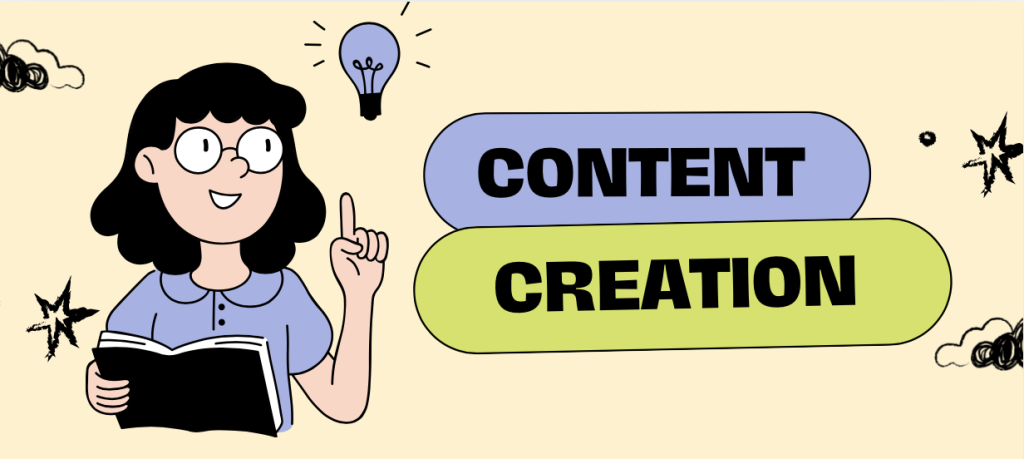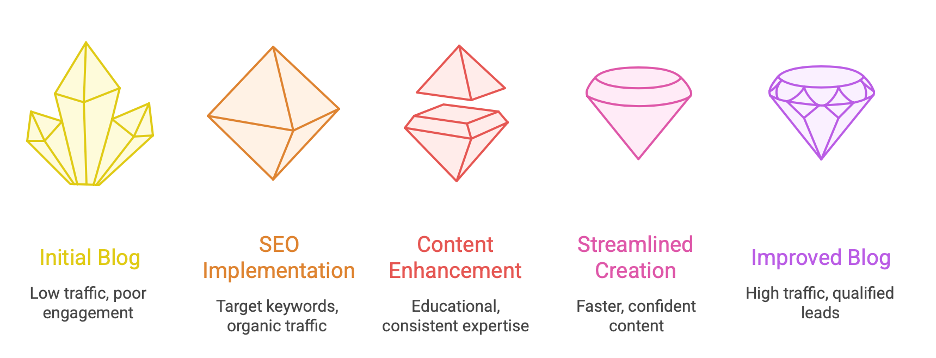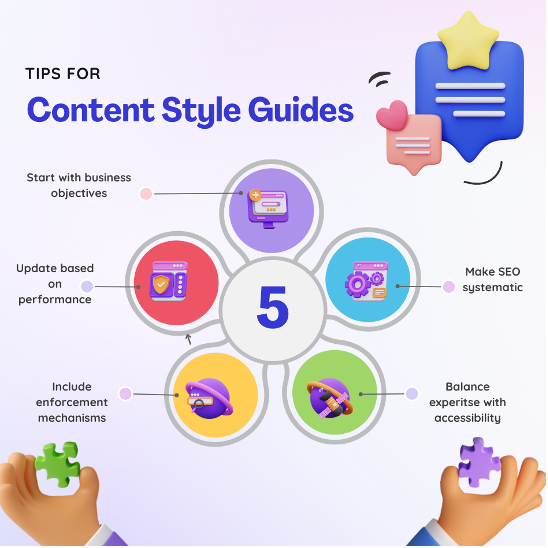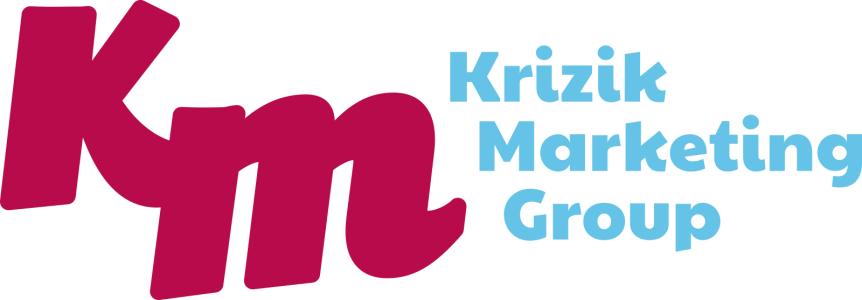
I write A LOT for our clients, VARs, ISVs, and partners. I love it. I really do. But I’ve learned one universal truth: every technology partner has their own identity — a specific way they want their content to sound, look, and feel. One partner likes a casual, conversational tone, while another prefers formal, technical language throughout.
One client doesn’t use title capitalization, they like subtitles in lowercase and don’t get me started on the Microsoft abbreviations! Microsoft Dynamics Finance and Supply Chain Management (F&SMC), Dynamics 365 Business Central (BC), and so on. Well, I have to spell them out the first time I use them, unless it’s in the title and then I can use the abbreviation. I’m guessing you’ve run into a few of those too.
The constant style switching is difficult and frustrating—and more importantly, it diminishes the quality of content I deliver.
I’ve spent valuable writing time second-guessing capitalization rules, debating whether to say “you” or “your organization,” and trying to remember which client preferred statistics in the first paragraph versus supporting evidence later in the post.
Then I decided to ask AI for some help. Not to write for me, but to help manage all the style nuances. It worked! I used it to develop comprehensive “style guides” for each client. I have a writing style blueprint for each client. I just run my content through our AI agent and tell it to reference the client’s style guide.
The problem: when good content goes bad across multiple clients
Before developing style guides for each technology partner, my content creation process was a little chaotic. I’d finish a conversational blog post for one customer, then switch gears to write formal technical content for an ISV. I’d have the same problems days later when I did a final review. The mental load of constantly switching between different brand voices, formatting rules, and content approaches was exhausting—and it showed. I felt like there had to be a better way. Turns out there was!
Here’s how I used AI to create a style guide, and the elements I put into it.
The foundation: SEO requirements that work
I started with search engine optimization because, let’s face it—the most beautifully written blog post doesn’t matter if nobody reads it. But here’s what’s changed: in 2025, we’re not just optimizing for human readers anymore. We’re also optimizing for the Large Language Models (LLMs) that increasingly power search engines and help determine which content gets surfaced to which audiences.
This dual focus shaped every aspect of my AI style guide. Here’s the strategic approach I developed:
Primary keyword strategy with LLM optimization: Every blog needs one main SEO keyword that appears naturally in the title, first paragraph, at least one heading, and throughout the content. The key word here is “naturally”—we’ve all read those awkward posts where keywords are obviously repeated a set number of times. But there’s a deeper reason for this natural placement: LLMs are sophisticated enough to recognize forced keyword insertion, and search algorithms now penalize content that feels artificial. I set up the style guide to ensure keywords flow seamlessly into titles, subtitles, and even image alt text, creating content that both humans and AI systems can easily understand and categorize.
Meta descriptions that convert: We established a rule that every blog needs a compelling 150-160 character meta description that includes the primary keyword. This might seem like a small detail, but it serves two critical functions: it’s often the difference between someone clicking on your link or your competitor’s, and it provides LLMs with clear context about your content’s focus and value proposition.
Location and industry targeting for comprehensive discoverability: Since we serve specific industries and partner with major technology vendors, we ensure our content includes relevant location-based terms and industry-specific language. This strategy works because both human searchers and AI systems rely on these contextual signals to match content with user intent.
SEO has evolved…it’s more important than ever to be clear because you’re speaking to humans and AI tools.
If you want a great lesson in clarity – take the peanut butter and jelly challenge. (Look it up) In a nutshell, one group writes the instructions, and other group follows them. It’s a hilarious way to see how many steps you take for granted.
The reality is that LLMs are now integral to how search engines process and rank content. By creating clear, well-structured content that follows consistent style guidelines, we’re building content that AI systems can accurately interpret, categorize, and recommend. This isn’t about gaming the system—it’s about communicating so clearly that both human readers and AI algorithms immediately understand what we’re offering and who benefits from it.
Capitalization and formatting: the small details that matter
Here’s where many style guides get bogged down in academic rules that don’t serve business purposes. I took a different approach, focusing on my client’s styles and nuances, conveying their look and feel while enhancing readability and reinforcing their expert level knowledge in an industry or on a topic. Here are some examples:
Title case for blog titles, sentence case for headings: Consistency is crucial, even when rules vary between clients. Blog titles get the full title case treatment because they function as marketing materials—they need to grab attention in search results and social media feeds. However, internal headings use sentence case because research shows it’s easier to scan and feels more conversational, keeping readers engaged as they move through your content. While some clients prefer different approaches (one of my ISV partners insists on title case throughout, while another uses sentence case for everything), the key is establishing a clear rule for each client and following it religiously. Nothing undermines professional credibility faster than inconsistent capitalization within the same piece of content. It may seem like a small thing, but our brains notice.
Product name consistency: Nothing screams “amateur hour” like inconsistent product naming. We established clear rules for first mentions and abbreviations. For example, “Microsoft Dynamics 365 Finance & Supply Chain Management (F&SCM)” on first mention, then “F&SCM” throughout the rest of the content.
By codifying things like this in the style guide, I eliminated decision fatigue and freed up mental bandwidth for what really matters—developing insights that help our clients solve real business problems. Instead of spending 20 minutes debating whether to capitalize “supply chain management” or wondering if I should use “you” versus “your organization,” I could dive straight into research and strategic thinking. Having an AI style guide laid out for every one of my clients has helped me better utilize my time. I now produce higher-quality content in less time while maintaining the professional consistency that builds trust with our audience.
Citations and sources: building credibility systematically
 In the ERP industry, credibility is everything. Prospects need to trust that you understand industry trends, have real experience, and can back up your claims with data. Citation requirements reflect this reality, so that was something I had to build into the style guide to make sure I didn’t miss something. When creating my AI style guides, I made sure to specify instructions like these:
In the ERP industry, credibility is everything. Prospects need to trust that you understand industry trends, have real experience, and can back up your claims with data. Citation requirements reflect this reality, so that was something I had to build into the style guide to make sure I didn’t miss something. When creating my AI style guides, I made sure to specify instructions like these:
- Do NOT make up any information.
- Always cite statistics: Every number, percentage, or industry statistic gets a source with a hyperlink when possible. This isn’t just good practice—it’s essential for building trust with sophisticated business decision-makers.
- Reference your own expertise appropriately: I developed guidelines for mentioning our client base, implementation experience, and track record without sounding like we’re bragging. The key is framing this information as evidence of our capability to help solve the reader’s problems.
- Client testimonials with attribution: Real quotes from real clients carry enormous weight, but only when they’re used strategically and appropriately attributed.
Company references: professional without being pushy
One of my biggest challenges was determining how to reference a client’s expertise throughout their blog content. Too little, and readers don’t understand why they should trust their advice. Too much, and the content feels like a sales pitch.
So, I settled on two to three strategic mentions per blog, always in the context of how my client’s experience helps the reader to understand industry challenges better. For example, rather than just saying “we’re experts,” we might write “in our hundreds of implementations, we’ve seen how organizations struggle with this exact challenge.”
Quality assurance: the checklist that ensures consistency
Even the best style guide is useless without enforcement. I then included a quality checklist that every blog must pass before publication, and I tell AI to use the style guide checklist every time. It includes things like:
- This should use the [Client Name] tone of voice
- All statistics, examples, and quotes are cited with sources
- Capitalization rules need to be followed consistently
- Company expertise has to be mentioned appropriately
- Relevant service pages should be linked naturally
- The call-to-action has to include clear next steps
- Technical concepts need to be explained in business terms
- Focus always needs to remain on business outcomes
The results: measurable improvement in content performance

Six months after using comprehensive style guides for clients, the results spoke for themselves:
- Improved search rankings: This systematic SEO approach led to higher rankings for target keywords and increased organic traffic to client blog sites.
- Better reader engagement: The average time on page increased significantly, and readers were more likely to visit multiple blog posts in a single session.
- More qualified leads: Having more time to focus on better content and consistent positioning of a client’s expertise generated more inquiries from prospects.
- Streamlined content creation: I also produced content faster and with greater confidence, knowing exactly how to handle formatting, citations, and company references.
Key lessons for your style guide
To sum it all up for you in an easy way, here are the 5 critical elements your blog style guide should address:
- Start with business objectives: Don’t just copy academic style rules. Develop guidelines that support your own specific business goals and target audience needs.
- Make SEO systematic, not an afterthought: Build search optimization including LLMs into your process from the beginning rather than trying to retrofit it later.
- Balance expertise with accessibility: Make sure to demonstrate knowledge while remaining understandable to non-technical decision-makers.
- Include enforcement mechanisms: Style guides only work if they’re followed. Build quality checkpoints into your content creation process.
- Update based on performance: Your style guide should always be evolving based on what works for your audience and business goals.

The ongoing evolution
Creating a style guide isn’t a one-time project—it’s an ongoing process of refinement and improvement. We regularly review our content performance, gather feedback from our team, and adjust our guidelines based on what’s working best.
The key insight is that a well-designed style guide doesn’t constrain creativity—it liberates it. When your team doesn’t have to make dozens of small decisions about formatting, citations, and tone, they can focus their creative energy on developing valuable insights and compelling narratives.
Whether you’re a technology consulting firm, software vendor, or any other B2B organization, investing in a comprehensive blog style guide will pay dividends in improved content quality, better search performance, and more effective lead generation.
Ready to transform your content strategy with a systematic approach? The investment in developing clear guidelines and processes will revolutionize how your team creates content that drives business results. Let’s talk.

Recent Comments